
AI Vision &
Automatic Speech Recognition
Unlike traditional computer vision, E-Song can simultaneously
perform both video and voice AI recognition.
What is Computer Vision and Voice Recognition?
Computer vision and Voice Recognition is a field of artificial intelligence (AI) that uses machine learning and neural networks to teach computers and systems to derive meaningful information from digital images, videos ,voice and other inputs—and to make recommendations or take actions when they see defects or issues.
-
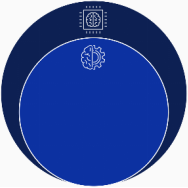
Machine
Subset of AI that uses algorithms that learn from data to perform tasks without explicit. -
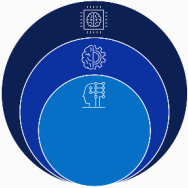
Deep Learning
Subfield of machine learning that uses artificial neural networks, which are composed of layers of interconnected nodes that mimic the structure of the human brain. -
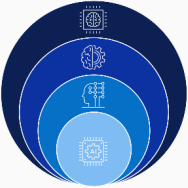
Generative AI
Branch of deep learning that focuses on creating new data or content, such as images, text, music, etc., based on existing data or content. -
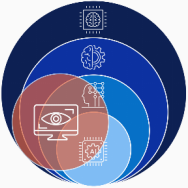
Vision and Voice
It enables machines to understand and process visual and audio information, and to simultaneously recognize both visuals and sounds.
Uses of Computer Vision
-

Volumetric Segmentation
Segment structures or objects from volumetric medical data, such as CT or MRI scans -

Semantic Segmentation
Automatically segment objects with pixel-perfect accuracy -

Panoptic Segmentation
Perform instance and semantic segmentation simultaneously -
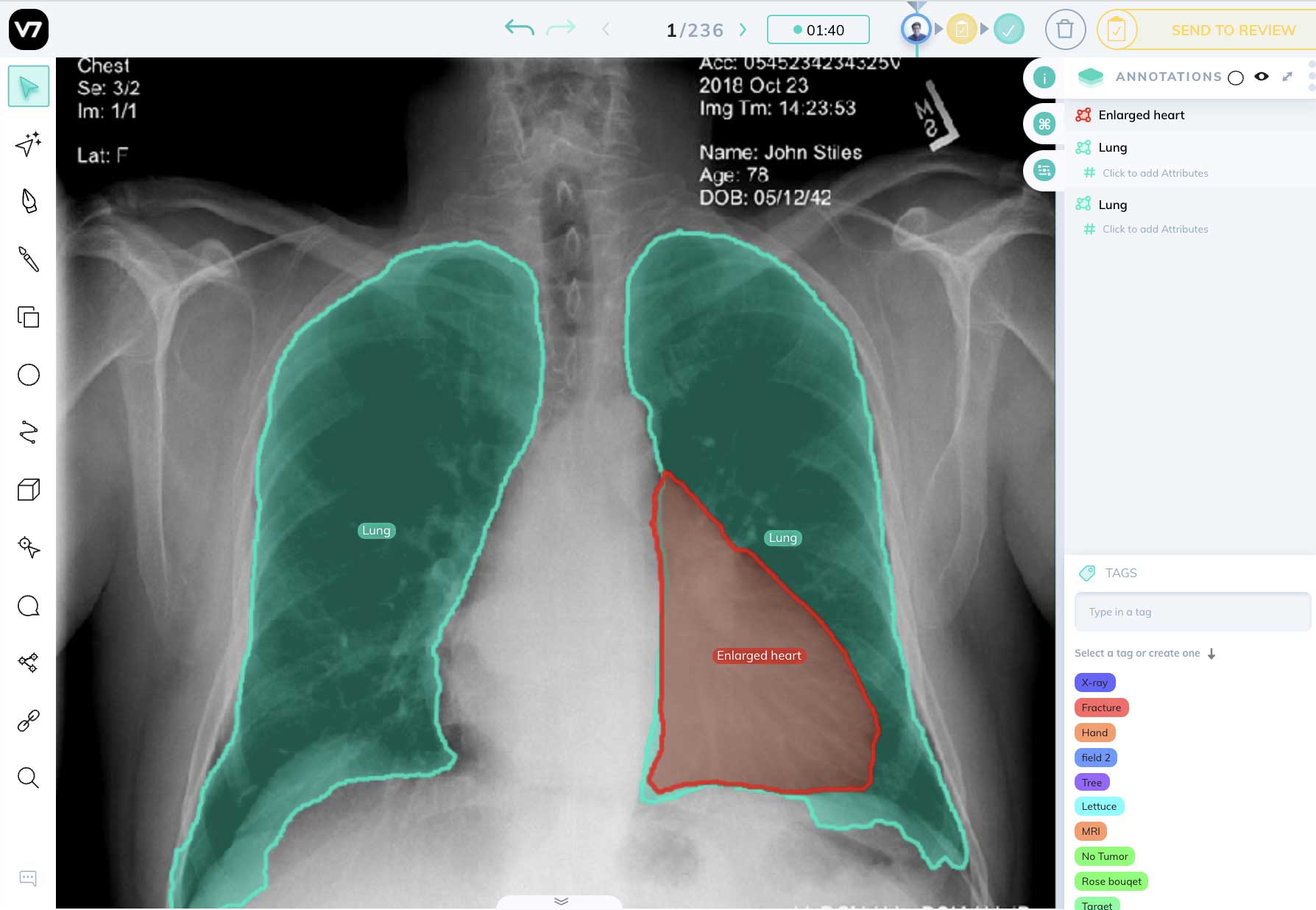
Augmented reality
Visually Enhancing and Annotating Objects -

Image Classification
Label or classify images and whole datasets in the blink of an eye -
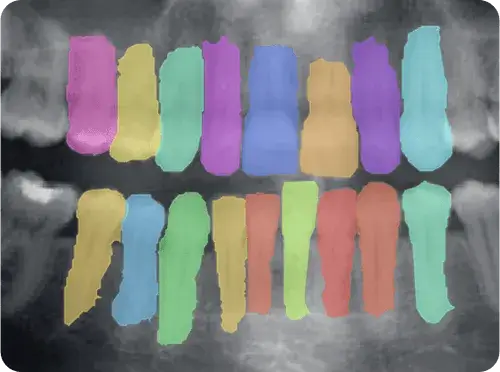
Instance Segmentation
Distinguish between different instances of similar objects -

Pose Estimation
Determine the position, orientation, and pose of objects or people in images and videos -
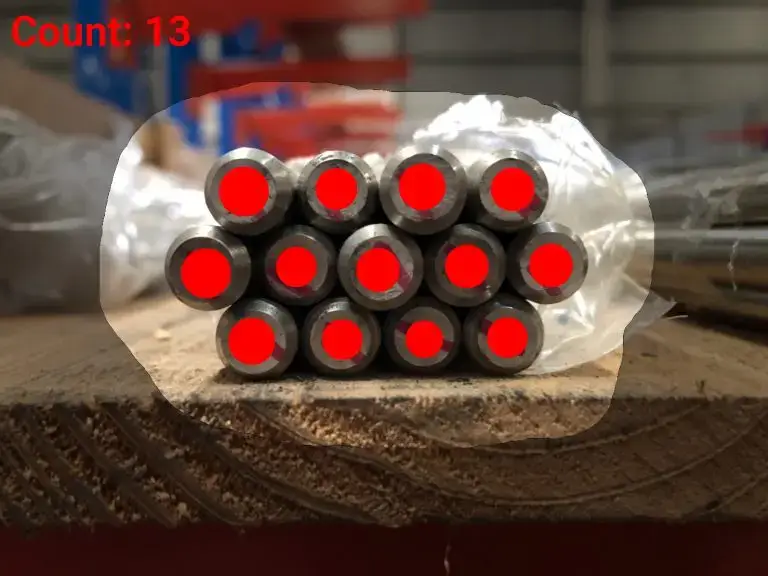
Object Counting
Use cameras for automated object counting with deep learning -
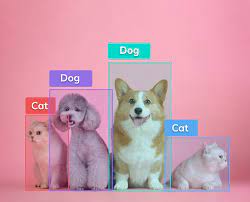
Object Detection
Add bounding boxes to any image, video, or medical format -
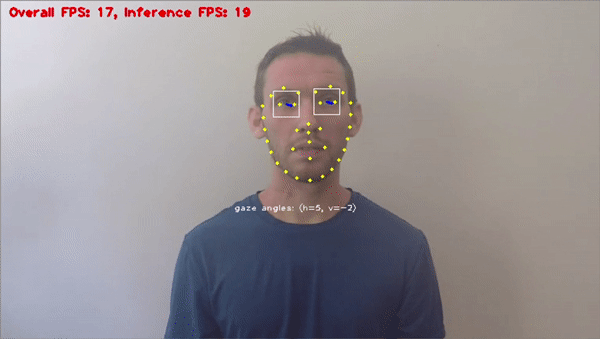
Eye Gaze Detection
Eye tracking and gaze detection for monitoring the attentiveness and stress levels -
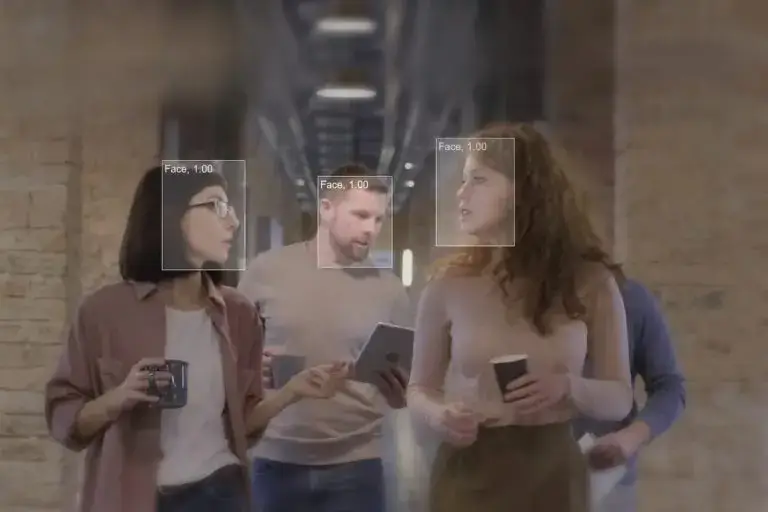
Face Recognition
Use deep face recognition to match human faces against a database in real-time videos -
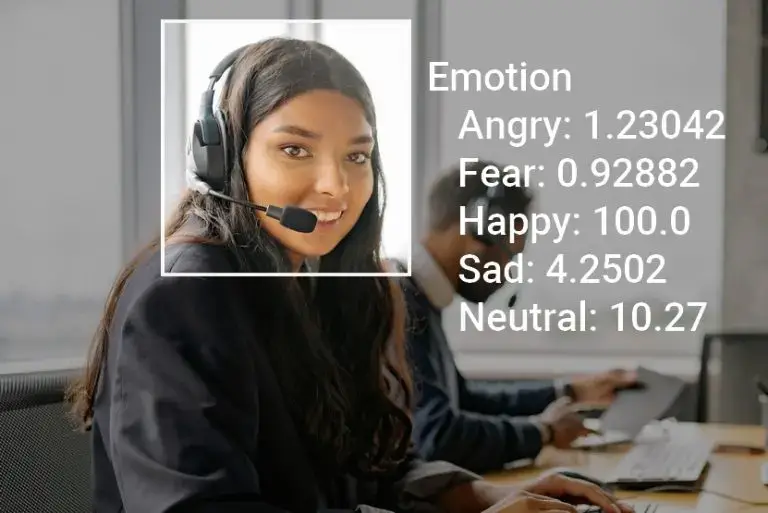
Facial Emotion Analysis
Perform facial analysis to detect attributes such as gender, age, emotion and more -
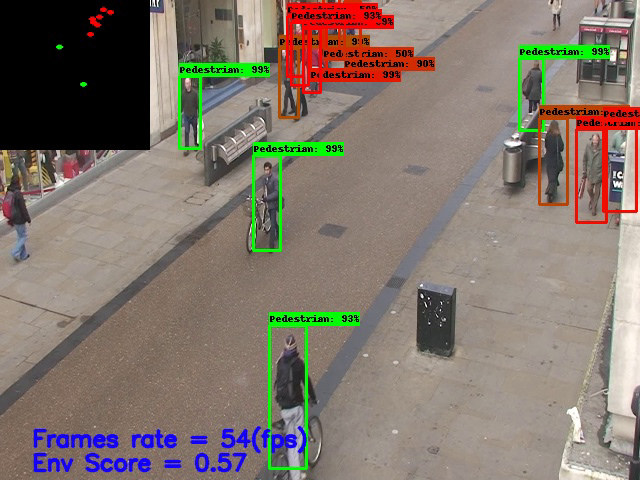
Social Distancing Monitoring
Monitor social distancing between people, identify high-risk areas and non-compliance -
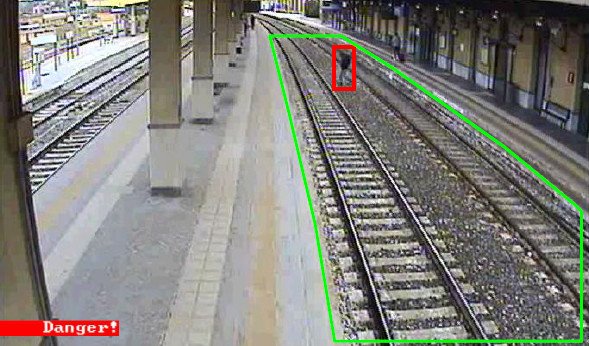
Intrusion Detection
Detect intrusion events in pre-defined areas by identifying the target’s position, date and time -
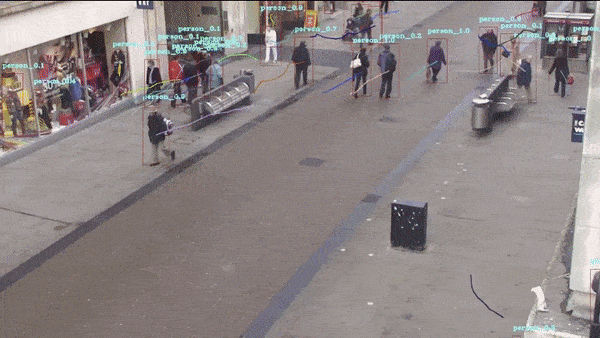
Movement Heat Maps
Crowd detection application to identify human movement trajectories in public spaces -
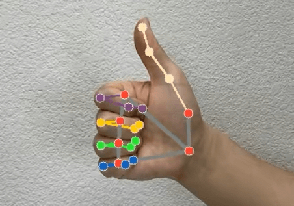
Gesture Recognition
Understand different gestures and commands -

Product Detection
Product detection uses deep learning to detect different product types automatically -

Text Recognition
Convert images of typed, handwritten, or printed text into machine-readable text
Uses of Voice Recognition
-

Voice Content
Recognition of similar and language content -

Accent Recognition
Understand language content and correct content deviations caused by accents -

Multi-Language Recognition
Capable of simultaneously recognizing dozens of common languages -

Special Sound Recognition
Recognize the specific frequency or rhythm of sounds made by animals -
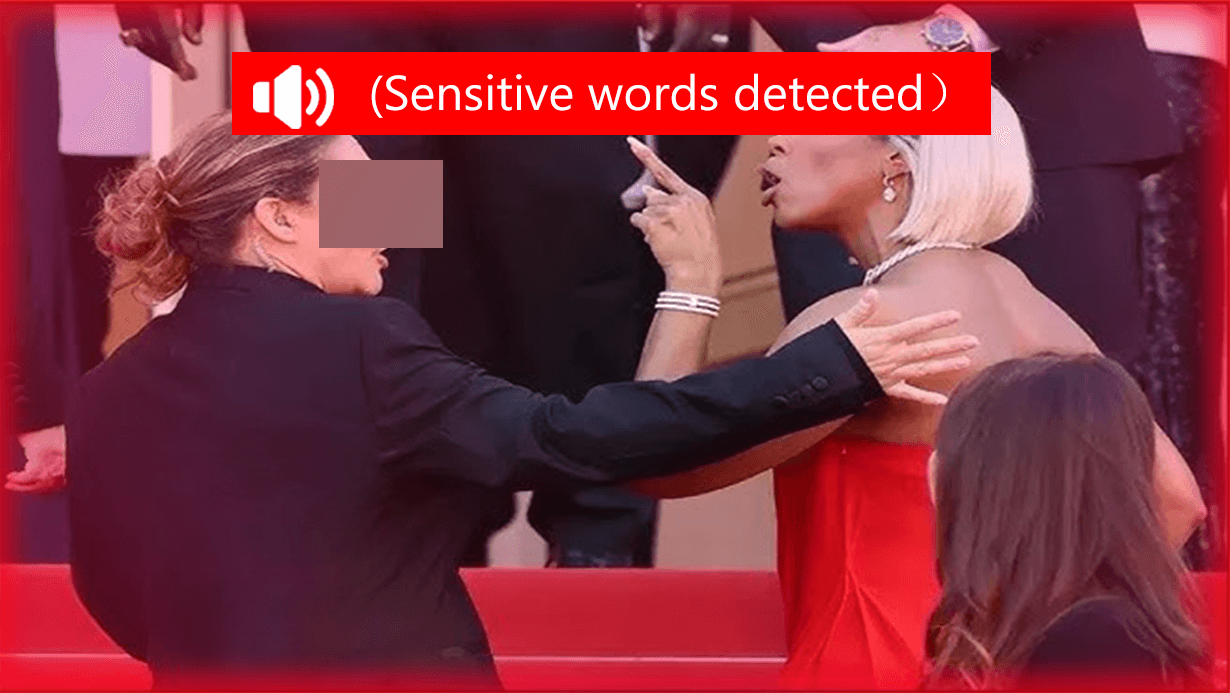
Sensitive Word
Recognize similar uses and various expressions of sensitive words -
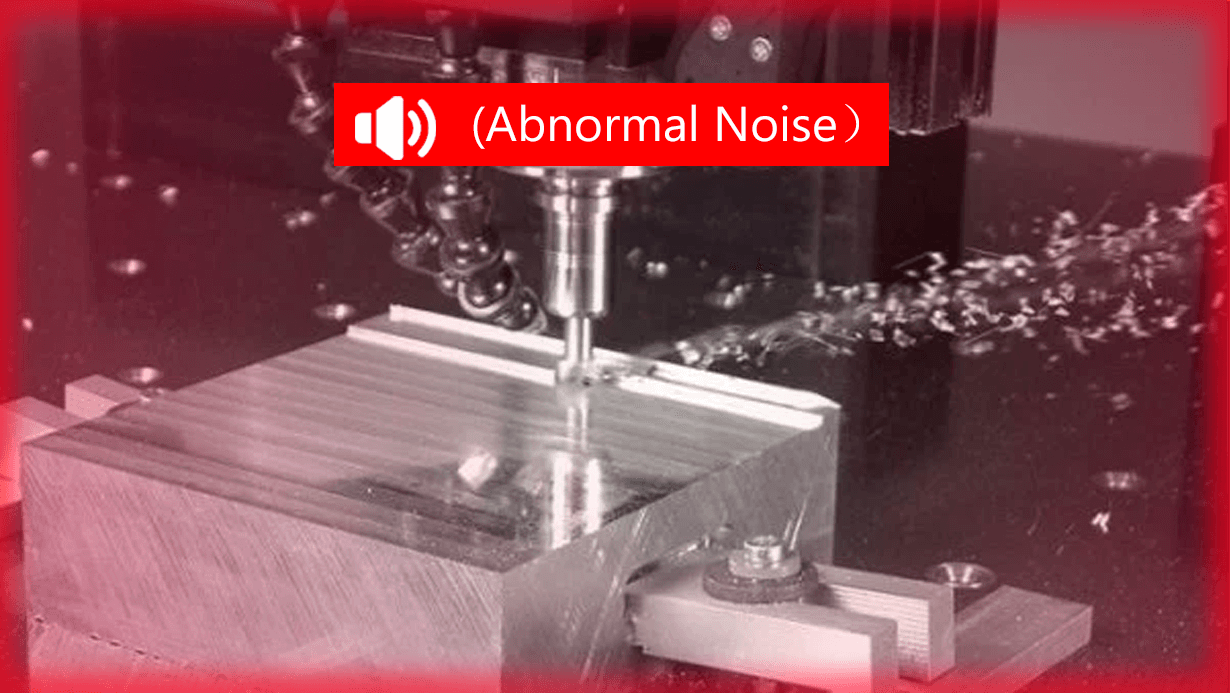
Unusual Noise Recognition
Recognize and alert on abnormal production noises
The E-Song Difference
Most companies can only perform single-mode visual recognition. E-Song is capable of simultaneously conducting both visual and voice AI recognition on a single video, achieving high recognition rates with low latency. It effectively enables real-time recognition and corresponding processing of live 4K HD video content, such as specific visual and audio blurring.
-
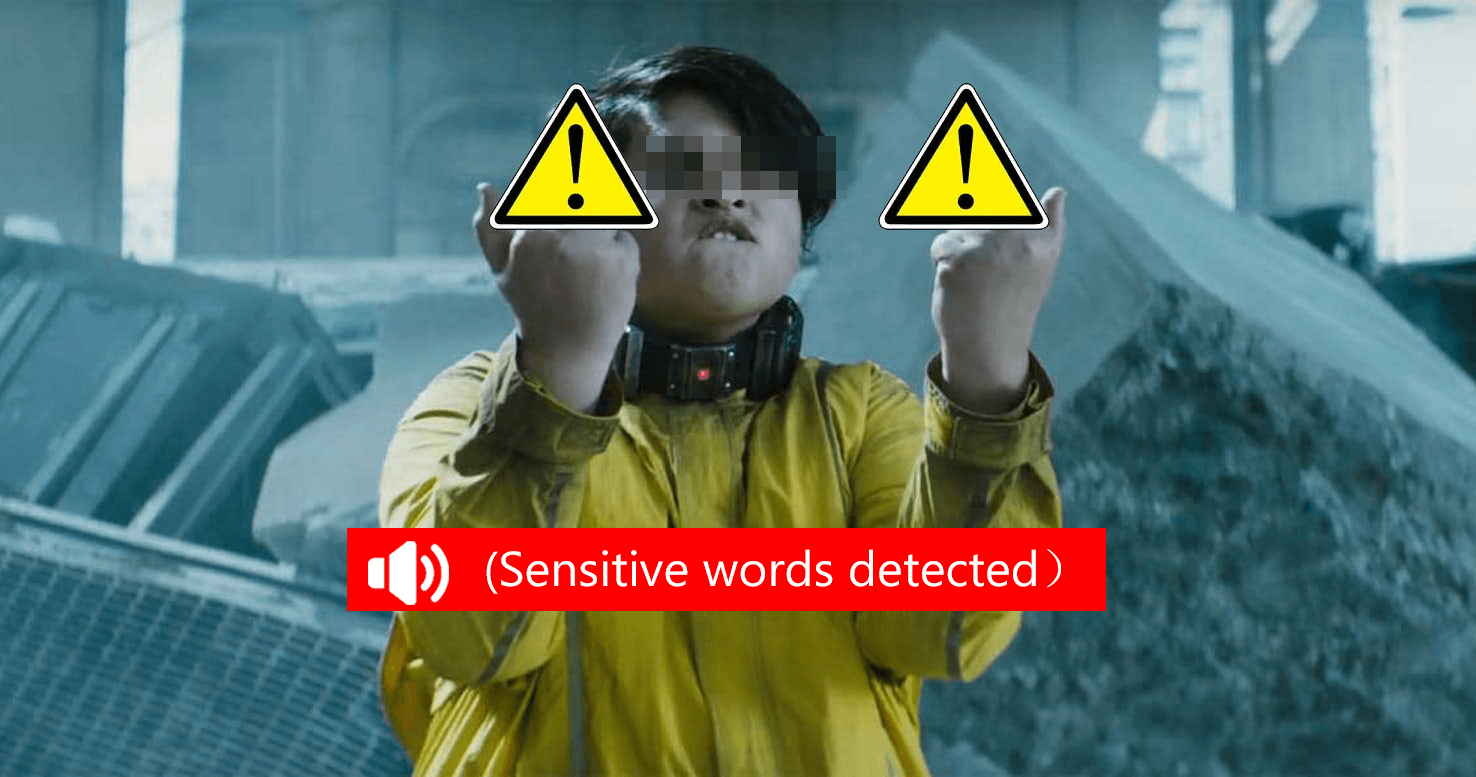
Simultaneous Visual and Voice Recognition
Simultaneous recognition, search, and annotation of visual and voice content within the same video -

Real-Time Processing of 4K Video
Effectively perform real-time recognition and processing of 4K video. Suitable for live streaming or applications involving precision recognition in industrial settings -

Automatic Batch Processing
Effectively perform real-time effect processing on specified objects and locations -

Sound Recognition in Complex Environments
In complex sound environments, perform recognition and differentiation of multiple languages without confusing identities -
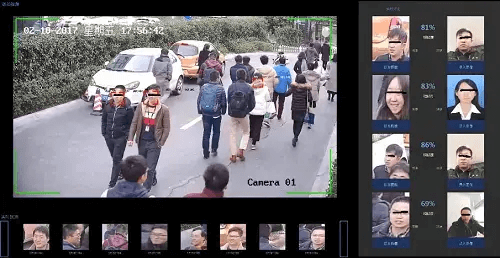
Multi-Angle Facial Recognition
Achieves multi-angle facial recognition. It also enables high-precision facial recognition in low-resolution or highly obstructed conditions
Best in Class Vision and Voice Recognition Solutions
- Simplified
- Tailored
- Trusted
-
 Ingest Data Once and Gain Multiple Insights
Ingest Data Once and Gain Multiple Insights -
 Industry-Specific Workflows
Industry-Specific Workflows -
 Proven Validation Process
Proven Validation Process -
 Modern Platform Architecture to Scale up and out
Modern Platform Architecture to Scale up and out -
 Validated and Vetted Partner Eco-System
Validated and Vetted Partner Eco-System -
 Innovative and Secure Solutions for the Essential Infrastructure of the Digital Era
Innovative and Secure Solutions for the Essential Infrastructure of the Digital Era
How to Collaborate with Us

FAQ
-
What advantages do artificial vision systems offer?In addition, there are a series of advantages that industries can obtain by using artificial vision systems. They are:
Precision and consistency
Artificial vision systems like the ones we offer at E2M COUTH can conduct inspections and measurements with a precision and consistency that surpass human capability. This enables industries to guarantee reliable, replicable results.
Automation
Artificial vision systems like the ones we offer also automate repetitive and laborious tasks, which increases efficiency and frees up workers to conduct more complex tasks with greater added value. In addition to reorganising your staff, you can make processes faster.
Speed
These artificial vision systems work at high speed and can process images and data much faster than humans. This means you can conduct inspections and decisions in real time in settings that require high speeds.
Ability to adapt
These systems can easily adapt to different settings and lighting conditions, as well as possible changes in production or the articles to be inspected. This is all done by configuring specific parameters and algorithms.
Detecting defects
The artificial vision systems we offer can detect defects and anomalies during the first stages of the process, reducing the number of defective products that reach the market and the costs associated with having to do the work over again.
Improved quality control
Quality control is a fundamental aspect within any industry,, which is why it is important to know that these systems have improved capacity to inspect and control product quality, identifying defects, variations, and errors, always quickly and precisely.
Reduced operational costs
Since they improve the efficiency and quality of the production process, these artificial vision systems can help to reduce the operational costs associated with waste, redoing the work, and errors that occur in production.
Regulatory compliance
Regulations are a key aspect in many industries. When you use artificial vision systems, you can comply with quality regulations and standards established by competent authorities with precise and documented inspections.
-
Why are artificial vision systems important in industry?Artificial vision systems are an essential element in modern industry for many different reasons. Firstly, they are a highly valuable tool for quality control. Since these systems have the ability to identify defects and anomalies with precision and consistency, they surpass human capability. This capability significantly improves the quality of the end product and reduces the number of defective products that reach the market, which, in turn, strengthens the brand’s reputation and consumer trust.
Moreover, artificial vision systems significantly contribute to increased efficiency in the industry. Automating processes through these systems means you can conduct inspections and repetitive tasks quickly and precisely. This not only makes production fast, but also reduces moments of inactivity and optimises resources, which translates to a general improvement in operational efficiency.
Another important aspect is cost reduction. By identifying defects and errors early in the manufacturing process, vision systems help to avoid waste and re-working. This reduction in operational costs can be considerable long-term and increase the company’s profitability.
In terms of regulatory compliance, vision systems are vital to guarantee that the products meet quality regulations and standards established by competent authorities. By conducting precise and documented inspections, these systems guarantee compliance with standards and help to maintain the company’s integrity and reputation on the market.

